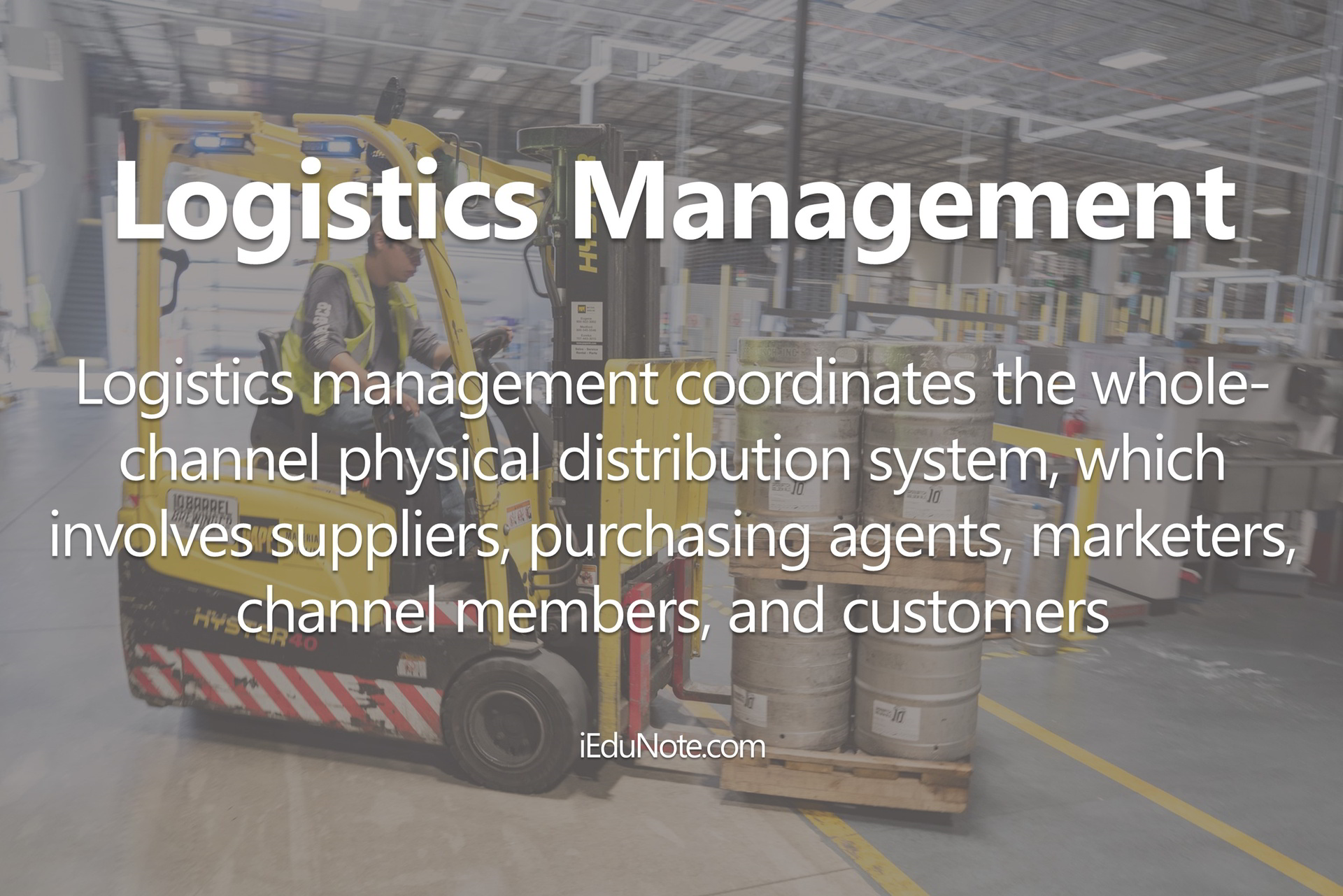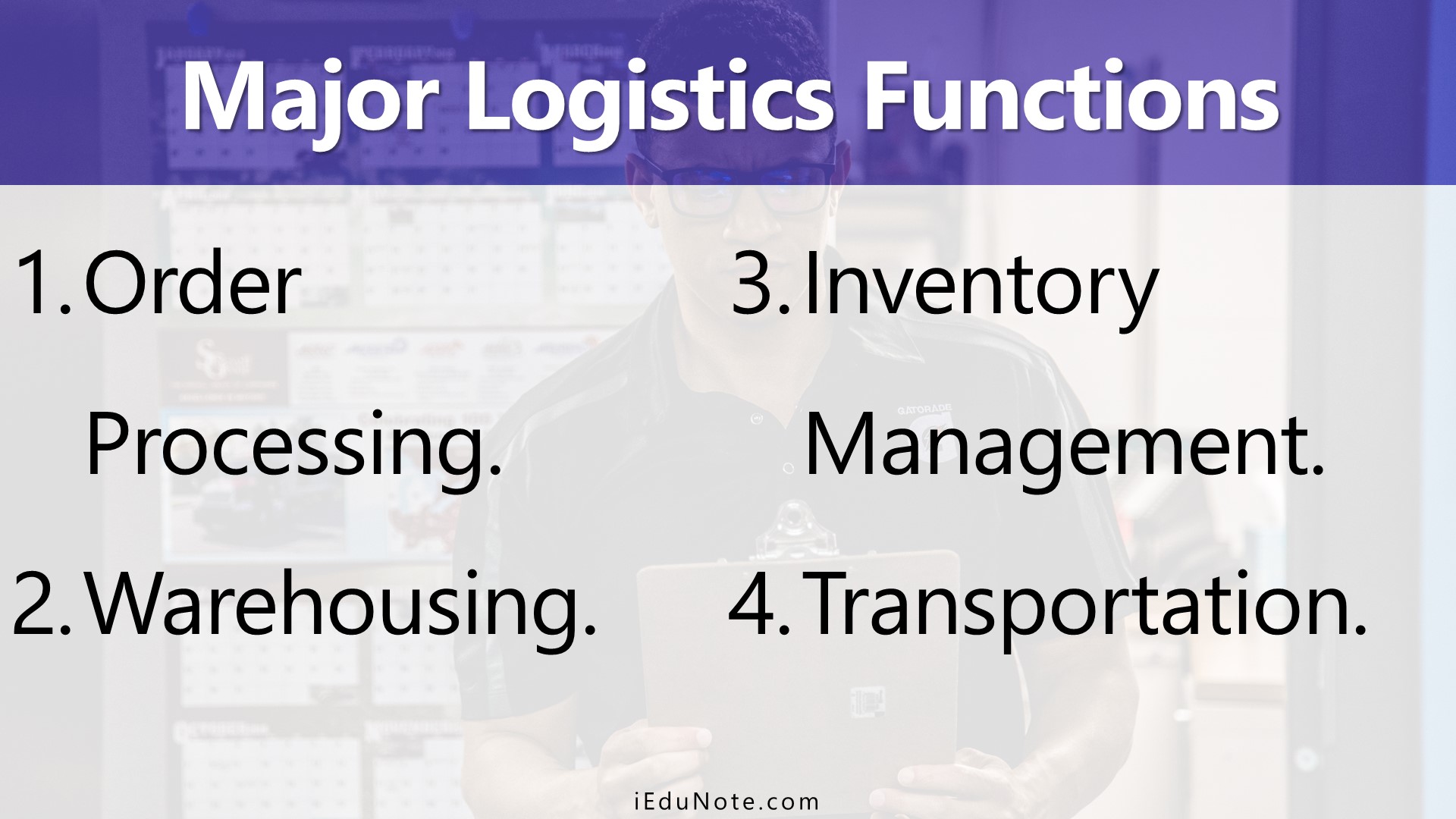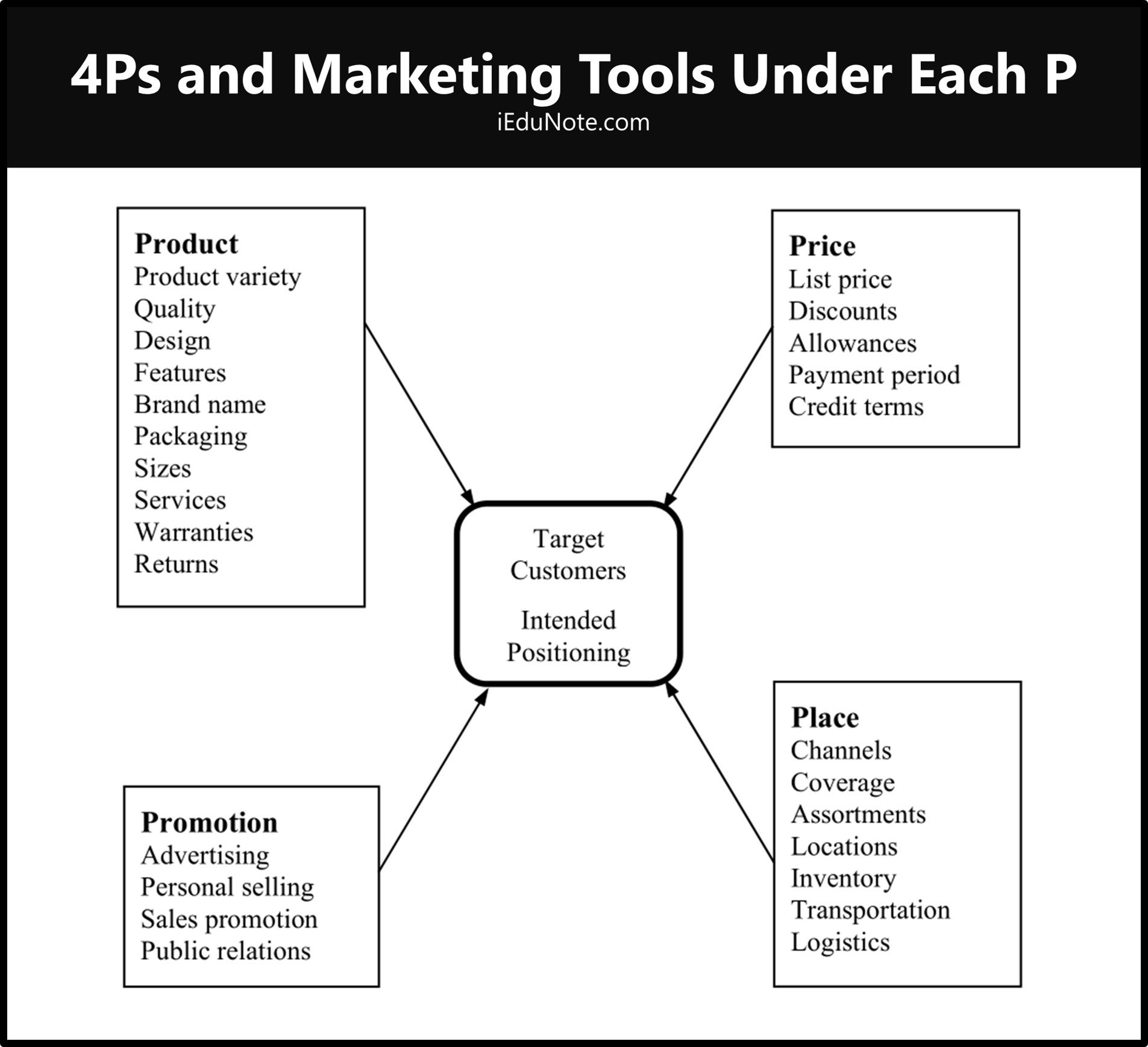As today’s market assumes a global dimension, bringing a product is often harder than selling it. Appropriate decisions must be made regarding storing, handling, and moving products and services to make them available to customers in the proper assortments, at the proper time, and in the proper place. Logistics effectiveness will have a significant bearing on both customer satisfaction and company costs.
The following discussion covers the nature and importance of marketing logistics, the logistics system’s goals, major logistics functions, and the need for integrated logistics management.
What is Logistics Management? – Nature and Importance of Physical Distribution and Marketing Logistics

Physical distribution does not mean only the movement and storage of goods. Nowadays, physical distribution or marketing logistics encompasses planning, implementing, and controlling the physical flow of materials, final goods, and related information from points of origin to consumption points to meet customer requirements for earning profit.
Traditionally, physical distribution aims to direct the flow of goods from the producer to the consumer at a minimum cost. But modern marketers have reversed the idea and adopted market logistics thinking. It starts with the buyers and works backward to the producer.
Logistics seeks a solution to the problems of both outbound distribution ( moving products from producer to consumers) and inbound distribution (moving products and materials from suppliers to the producer).
Thus, the logistics management coordinates the whole-channel physical distribution system, which involves suppliers, purchasing agents, marketers, channel members, and customers.
This is accomplished through forecasting information systems, purchasing, production planning, order processing, inventory, warehousing, and transportation planning.
Today firms are giving greater emphasis on logistics for several reasons.
First, efficient distribution through effective logistics contributes to earning customer service and satisfaction, which is the prime goal of many firms. Better distribution attracts new customers; poor distribution brings in the opposite results.
Second, logistics is a major cost element for most firms. So. they always try to keep it at a minimum level through a sound distribution system. Raising the level of physical distribution efficiency can result in cost savings for both the firm and its customers.
The third tremendous expansion in product variety has increased the need for and importance of improved logistics management. Ordering, shipping, stocking, and controlling a wide variety of products offers a big logistics challenge.
Finally, advancement in information technology is being utilized for gaining distribution efficiency.
The increased use of computers, point-of-sale scanners, uniform product codes, satellite tracking, electronic data interchange, and electronic funds transfer has enabled firms to build more efficient systems for processing, inventory control and handling, and transportation routing and scheduling.
Goals of the Logistics System

Designing a logistics system begins with the study of the service needs of customers. The customers expect various distribution services such as fast and efficient order processing, speedy and flexible delivery, presorting and pre tagging of merchandise, order tracking information, and a willingness to take back or replace defective goods.
Some firms maintain that their logistics objective is to provide maximum customer service at the least cost. Interestingly enough, this seems to be a paradox since increased customer service raises distribution costs, and lowering distribution costs result in poor customer service.
Ideally, the marketing logistics system’s goal should be to deliver a targeted level of customer service at a lower cost.
A firm must first meticulously assess the importance of various distribution services to its customers and then fix each segment’s desired service levels. The firm usually will try to offer at least the same level of service as its competitor.
Since the firm’s objective is to maximize profits, not sales, the firm must weigh the benefit of providing higher levels of service against the costs and be convinced that costs bring higher profits. Finally, the firm must set logistics objectives to assist its planning.
Major Logistics Functions

After developing a set of logistics objectives, the firm will design a logistics system to minimize the cost of achieving these objectives.
Four major logistics function are;
- Order Processing.
- Warehousing.
- Inventory Management.
- Transportation.
These can be deserved in the following manner :
Order Processing
Orders can be put in many ways, such as by mail or telephone, through salespeople, computer, and electronic data interchange.
After receiving, orders must be processed swiftly and accurately. The order processing system prepares invoices and forwards order information to those who need it.
Instructions are given to the appropriate warehouse to pack and ship the ordered items. Shipped items are accompanied by shipping and billing documents, with copies forwarded to different departments.
When the order-processing is carried out efficiently, both the firm and its customers are benefited. In practice, orders are received daily from salespeople.
The order department then processes these orders, and the warehouse sends the goods out timely. Bills are sent as soon as possible. Most firms now use computer order-processing systems that quicken the order-shipper billing cycle.
For example, General Electric operates a computer-based system that checks the customer’s credit standing upon receipt of a customer’s order and whether and where the items are in stock.
The computer then issues an order to ship, bills the customer, updates the inventory records, sends a production order for new stock, and relays the message back to the salesperson that the customer’s order is on its way-all in less than 15 seconds.
Warehousing
Goods must be stored before they are sold. A storage function is required because there exists a gap between the production and consumption cycle. The storage function reconciles the differences in needed quantities and timing.
A firm must decide how many and what types of warehouses it should have and where they will be located. The number of warehouses should be kept at a level where distribution costs would be the lowest.
A firm might own private warehouses, rent space in public warehouses, or both. Firms can exert more control over warehouses they own, but that requires capital investment and is less flexible if a location change.
Public warehouses charge for the rented space, offer additional services for inspecting goods, packaging them, shipping them, and invoicing them. They also offer a wide choice of locations and warehouse types.
For efficient distribution, firms may use either storage warehouses or distribution centers. Storage warehouses are used for storing goods for moderate to long periods.
Distribution centers are used to move goods rather than store them. They are big and automated warehouses built to receive goods from various plants and suppliers, take orders, fill them efficiently, and quickly deliver goods to customers.
For example, WalMart operates huge distribution centers. One center, which serves 165 Wal-Mart stores’ daily needs, contains some 28 acres of space under a single roof. Laser scanners route as many as 1,90,000 cases of goods per day along 11 miles of conveyor belts and the center’s 1,000 workers load or unload 310 trucks daily.
Of let, warehousing facilities and equipment technology have improved amazingly.
Older, multistoried warehouses with slow elevators and outdated materials-handling methods are gradually giving way to newer, single-storied automated warehouses with advanced materials-handling systems under the control of a central computer.
A small workforce is necessary to run these warehouses. These warehouses have reduced work hazards, labor costs, theft, and wastage and improved inventory control.
Inventory
Customer satisfaction is influenced by inventory level also. The decision must be taken regarding maintaining a balance between carrying too much inventory and carrying too little.
Carrying too much inventory results in higher costs and stock-lots, costly emergency shipments or production, and customer dissatisfaction.
A firm has to know when to order and how much to make sound inventory decisions.
The decision on when to order involves balancing the risks of running out of stock against the costs of carrying too much. In contrast, a decision on how much to order needs balancing order-processing costs against inventory carrying costs.
When the average order size is larger, orders are fewer, and processing costs are lower, Resulting in larger inventory carrying costs.
In recent times, many firms have greatly reduced their inventories and related costs through just-in-time logistics systems.
In such systems, producers and retailers maintain only small inventories of parts or merchandise, often the bare minimum for a few days of operations. New stock comes exactly when needed instead of being stored in inventory until being used.
Just-in-time systems need precise forecasting and fast, frequent, and flexible delivery, which will ensure new supplies when needed. These systems substantially reduce inventory carrying and handling costs.
Transportation
Transportation decisions affect distribution efficiency to a great extent.
The choice of transportation carriers influences product prices, delivery performance, and the goods-all condition to contribute to customer satisfaction. In shipping goods to its warehouses, dealers, and customers, the firm can choose among five transportation modes.
These are rail, water, truck, pipeline, and air. Factors to be considered in selecting the appropriate transportation mode are the nature of the product, the time needed, costs, availability, and order size.
Marketers are increasingly combining two or more modes of transportation. This practice has led to the emergence of a method of transporting goods, which is called containerization.
Containerization means putting goods in boxes or trailers that are easy to transfer between two transportation modes.
They are used in multimedia systems commonly referred to as piggyback(rail and trucks), fishyback(water and trucks), trainship(water and rail), and air trucks(air and trucks).
Each combination has its advantage. For example, piggyback is cheaper than trucking alone. Moreover, it also offers flexibility and convenience.

